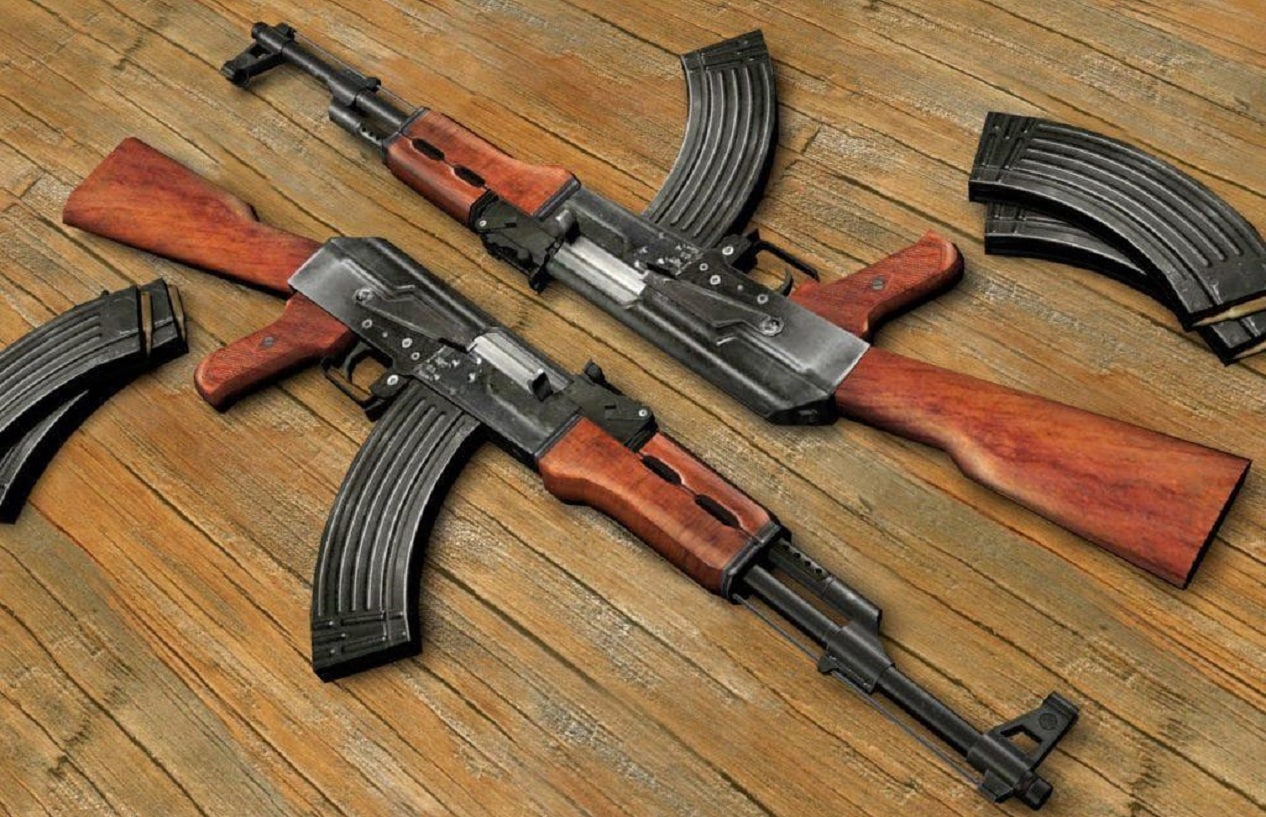Russian Soldiers Headed to the Front With Little Training and Old Weapons in Ukraine: Throughout military history, many an unfortunate recruit has been sent into combat with what could be best described as weapons from the “last war.”
In some cases, it is a matter of a massive increase in the size of the force when a conflict breaks out. That occurred during the American Civil War when both sides were forced to rely on firearms and equipment dating back to the War of 1812 or earlier. In the Spanish-American War, some American volunteer units were issued with single-shot Springfield Model 1873, and even in the Second World War, the U.S. ramped up production of the M1903 Springfield as there weren’t enough M1 Garands available.
Fortunately, the U.S. troops were eventually all issued better weapons.
Russia’s Next Ukraine Problems: Weapons Issues
The same isn’t likely to happen for those Russian recruits heading to the frontlines in Ukraine. It was in September that the Kremlin declared a partial mobilization of some 300,000 reservists, and those troops have since received little training – but even worse, their equipment dates back to the Cold War. Many are also being issued with AKM assault rifles that were manufactured in the 1960s or earlier. Many of the rifles have been described as being in “barely usable” conditions after decades of poor storage.
It could also cause some logistical headaches for the Russian military in Ukraine.
The AKM fires 7.62mm ammunition, but Russia’s regular combat units have been issued AK-74M or AK-12 rifles that are chambered for the 5.45mm cartridge.
“The integration of reservists with contract soldiers and combat veterans in Ukraine will mean Russian logisticians will have to push two types of small arms ammunition to front line positions, rather than one,” the British Ministry of Defence tweeted last week. “This will likely further complicate Russia‘s already strained logistics systems.”
Though considered a reliable and rugged weapon during the early Cold War, the AKM – an updated model of Mikhail Kalashnikov’s AK-47 – was replaced in the early 1970s by the AK-74. Though there is some commonality with parts, the differences in calibers will present challenges in ensuring that troops are supplied with the proper ammunition.
It could also help Ukraine – which continues to use firearms chambered for the 7.62mm cartridge. As Russian soldiers are bound to be captured, Kyiv will receive a steady supply of ammunition.
More Than Weapons That Are Old in Ukraine
It isn’t just the older rifles that are among the issues facing the Russian soldiers. They’ve been issued musty or tattered uniforms, steel helmets from the Cold War, and other equipment that most U.S. military surplus stores would likely find “unsellable.”
Videos posted online have also shown the Russian soldiers dealing with – and complaining about – cramped, filthy accommodations, overflowing toilets, and even a lack of food and medicine.
Morale is certainly suffering, and Russia seems unable to stop the flow of complaints.
During the Second World War, the Soviet Union was able to stop such negative comments via threats to soldiers’ families, while the NKVD was known to shoot those who spoke out! So far, the Kremlin hasn’t resorted to similar tactics – but in the era of camera phones and social media, it is unlikely efforts to conceal such grievances would be successful.
The poorly trained, poorly equipped forces aren’t likely to help Russia’s war effort.
“Increase in quantity, decrease in quality and that is not helpful to either trying to preserve the gains that they have now,” Seth Jones, the director of the International Security Program and the Transnational Threats Project at the Center for Strategic and International Studies, told Newsweek. “We’re seeing that repeatedly in tactical levels of the fight right now, which is just poorly trained, poorly equipped Russian forces, and this mobilization is not solving these problems.”
Instead, the mobilization could create new ones.
A Senior Editor for 19FortyFive, Peter Suciu is a Michigan-based writer. He has contributed to more than four dozen magazines, newspapers, and websites with over 3,000 published pieces over a twenty-year career in journalism. He regularly writes about military hardware, firearms history, cybersecurity, and international affairs. Peter is also a Contributing Writer for Forbes and Clearance Jobs. You can follow him on Twitter: @PeterSuciu.
19FortyFive is committed to providing you with the best defense, national security, politics, and economics analysis. Follow us on Google News, Flipboard, YouTube, Facebook, Twitter, and Linkedin. Also, sign up for our newsletter here. You can also find our code of publishing ethics and standards here. Want to contact us? Email: [email protected].

